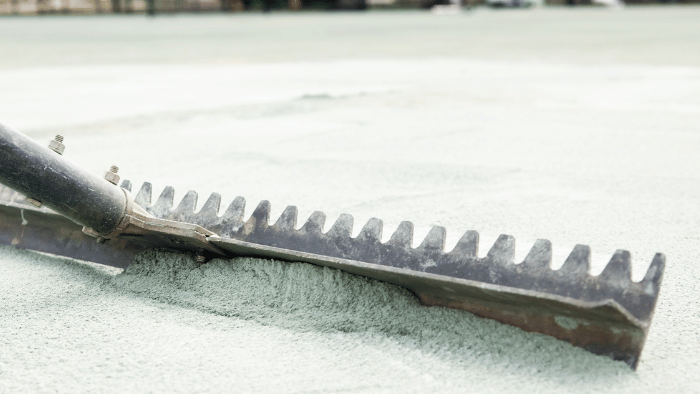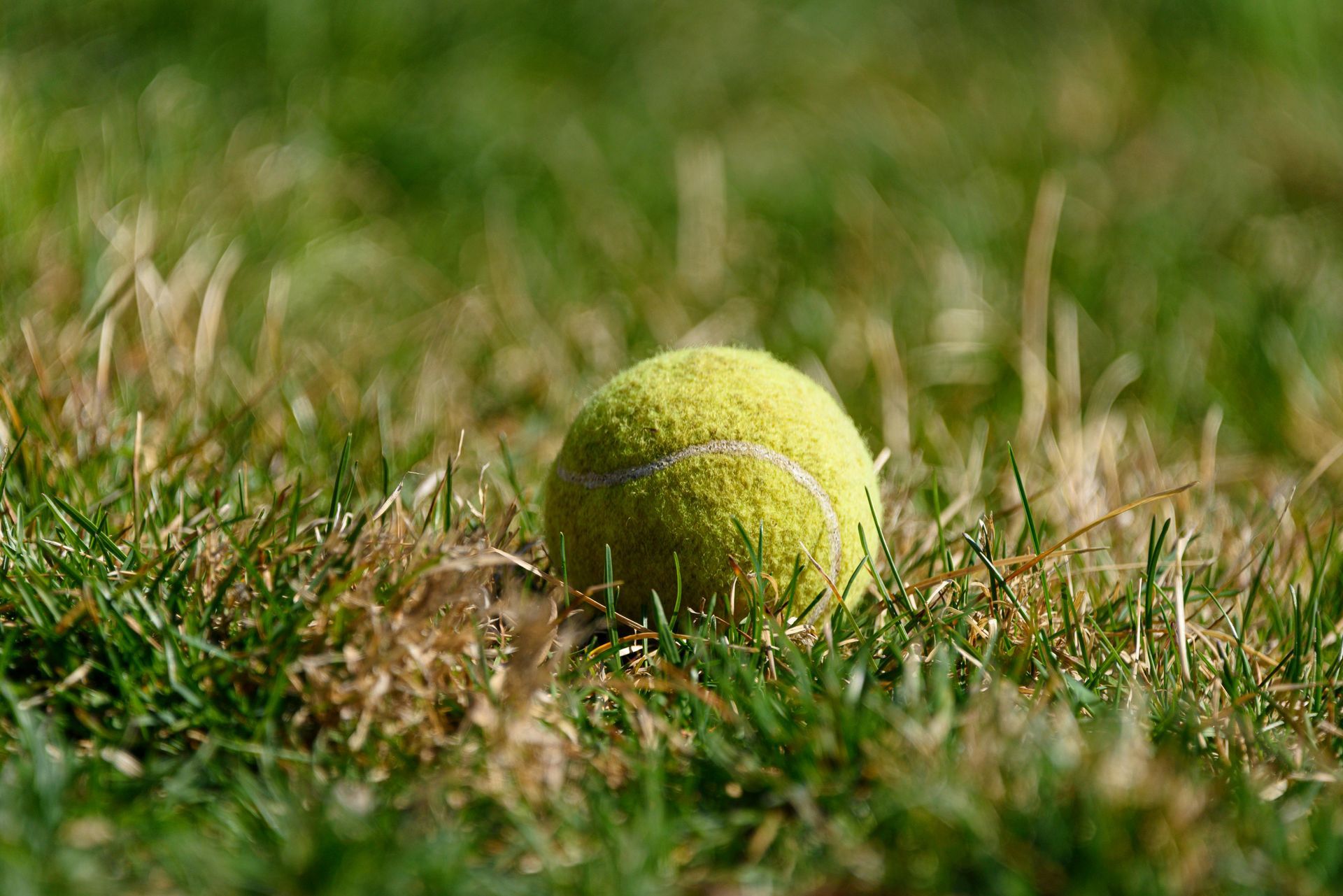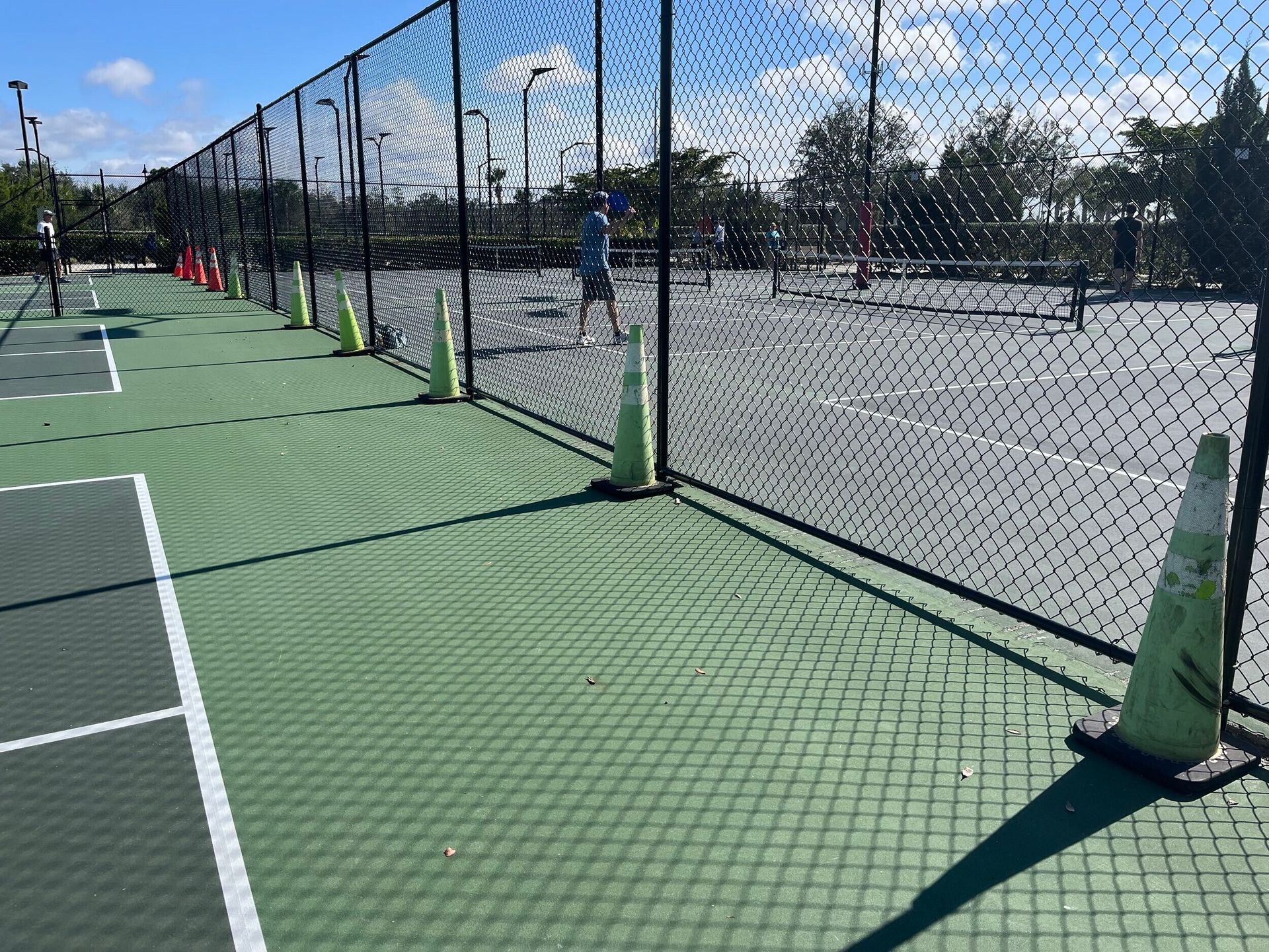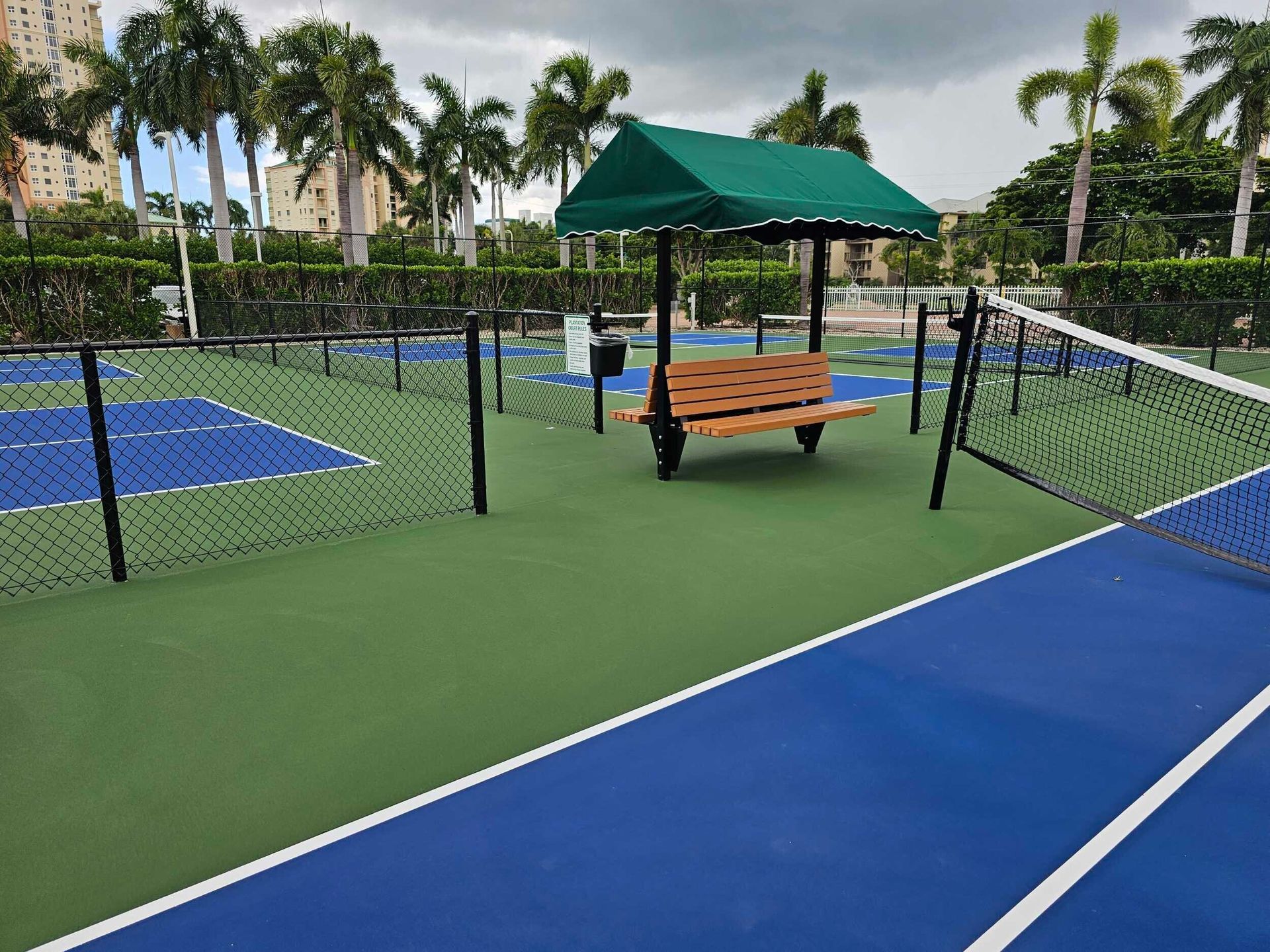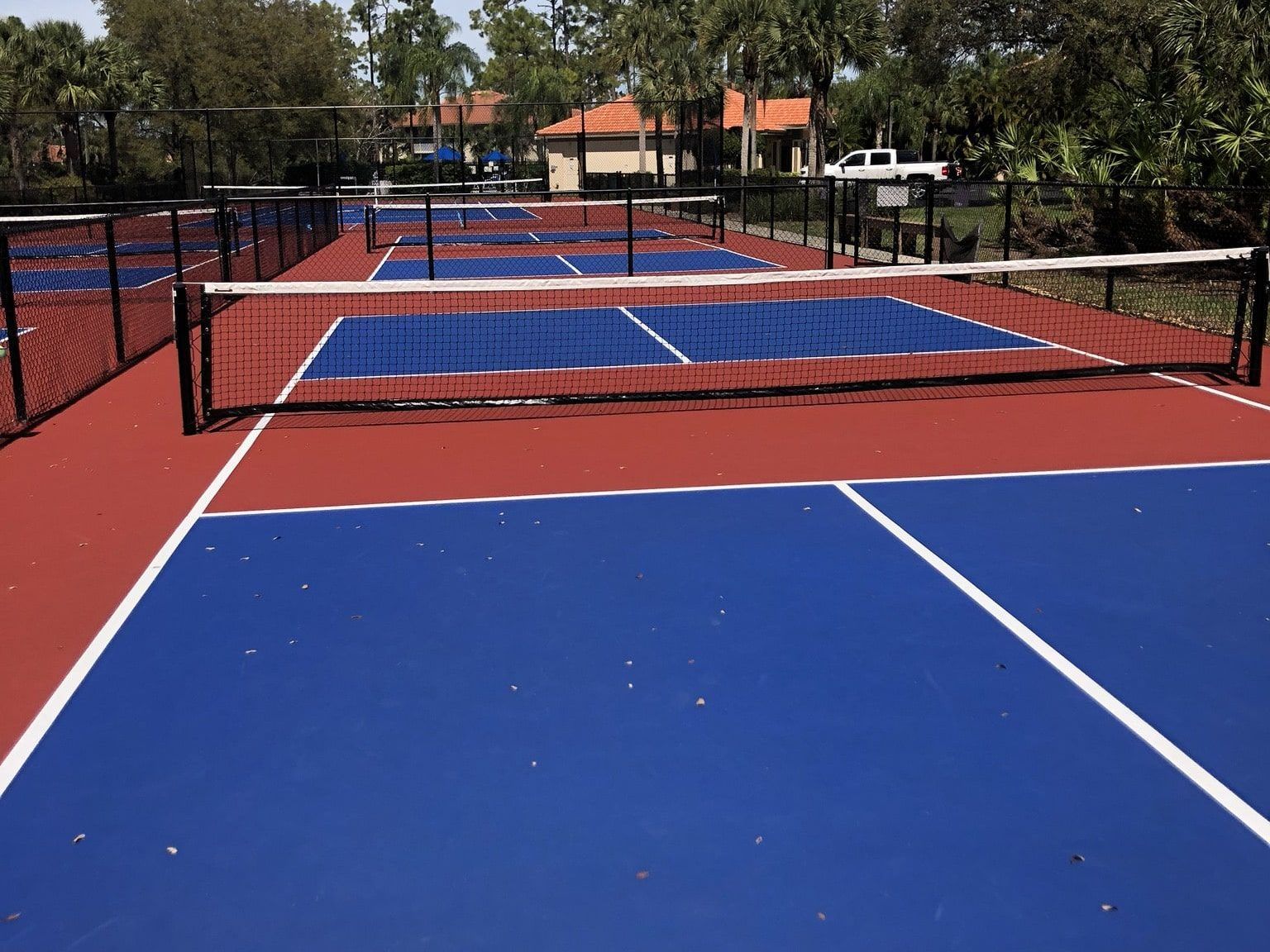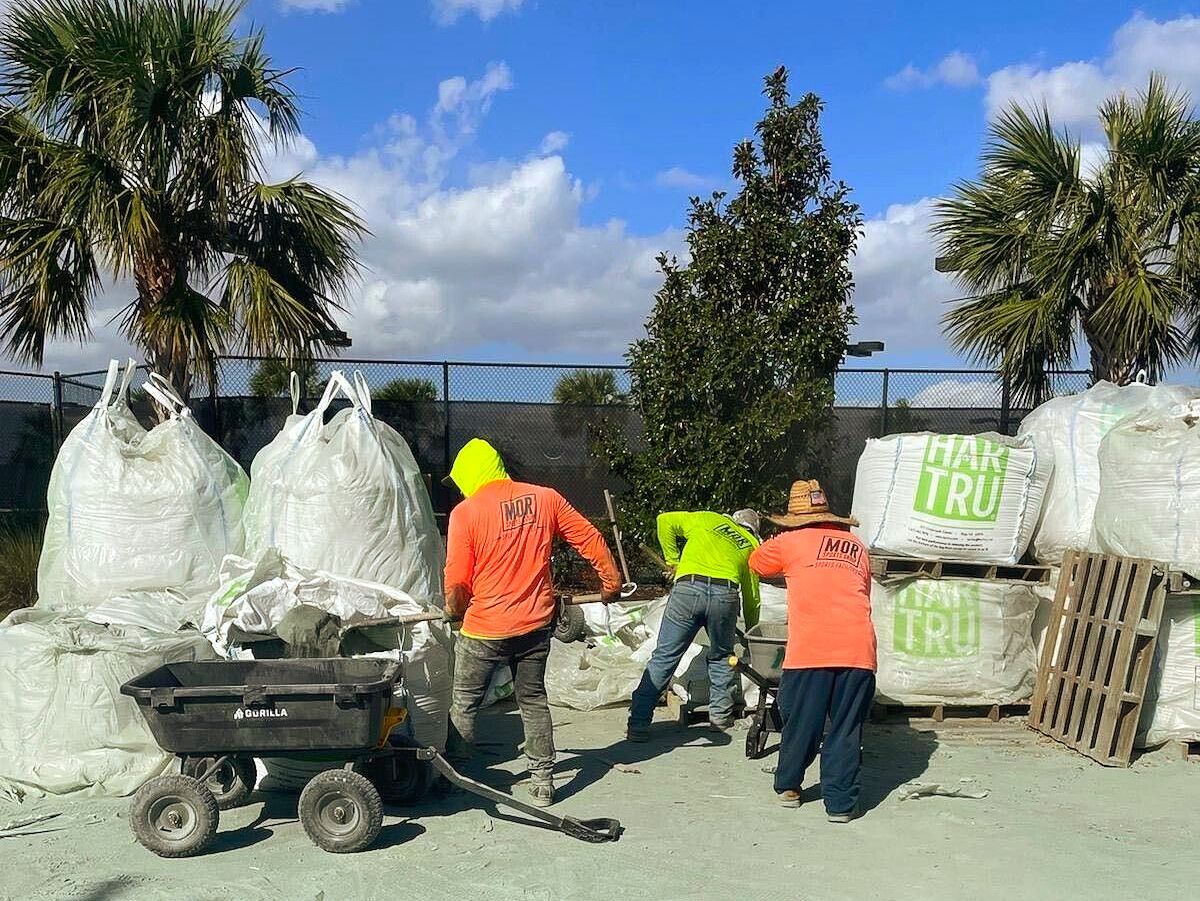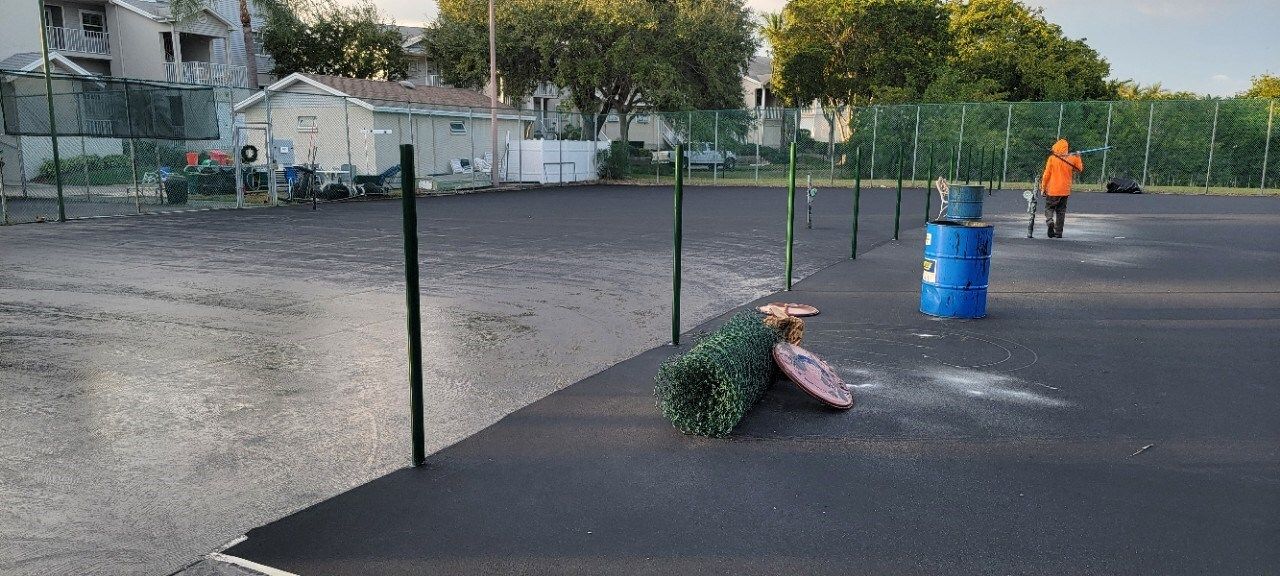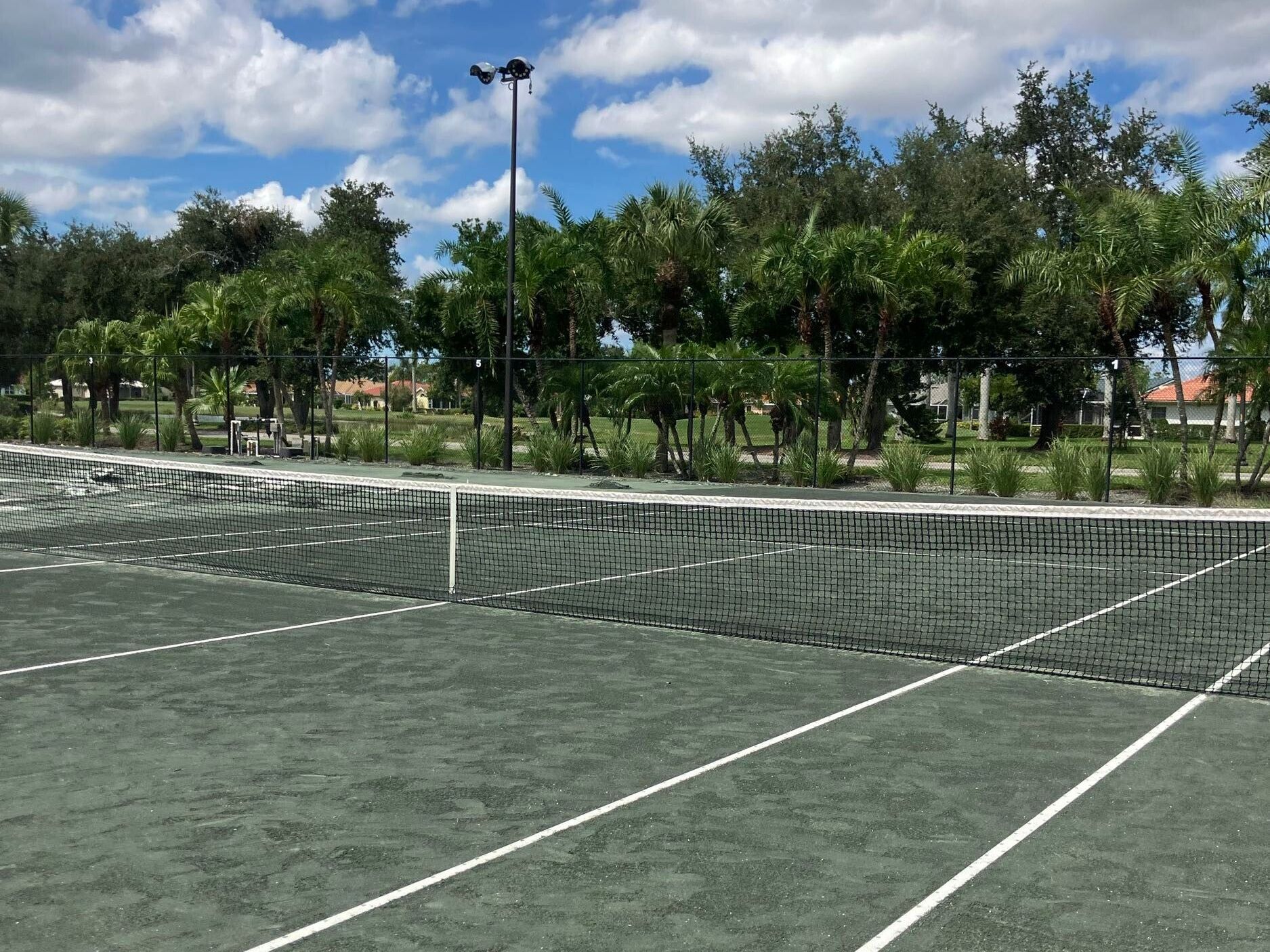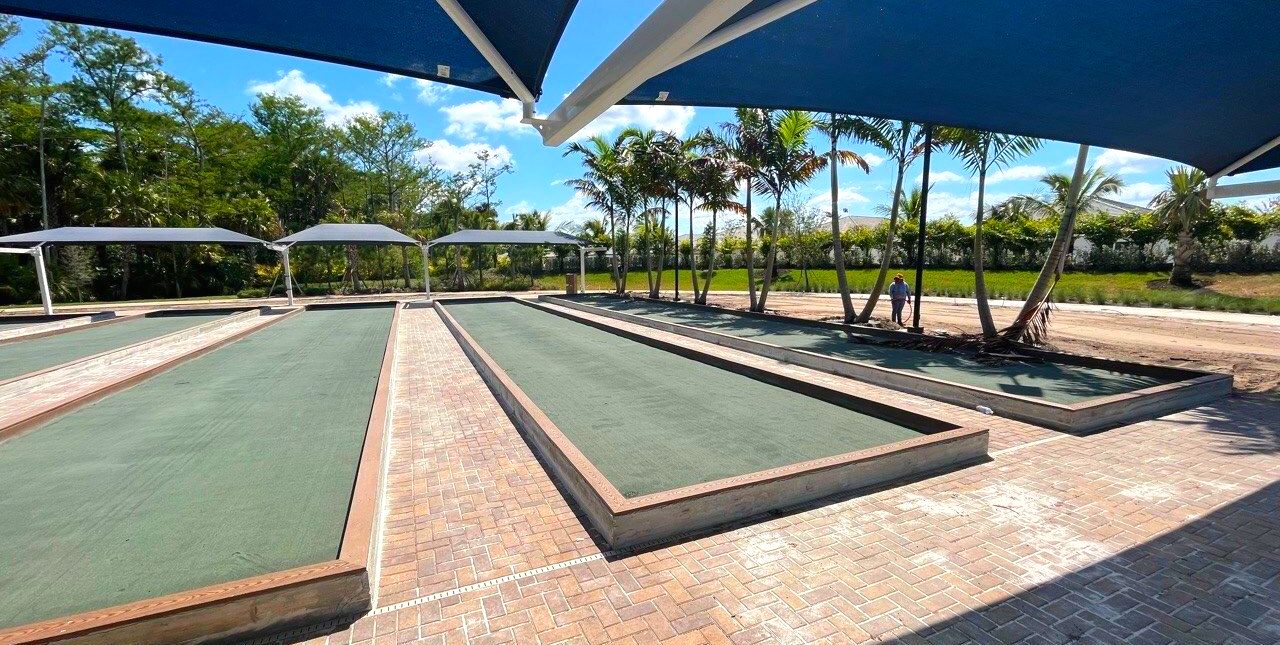BLOG
Sports Surfacing Blog
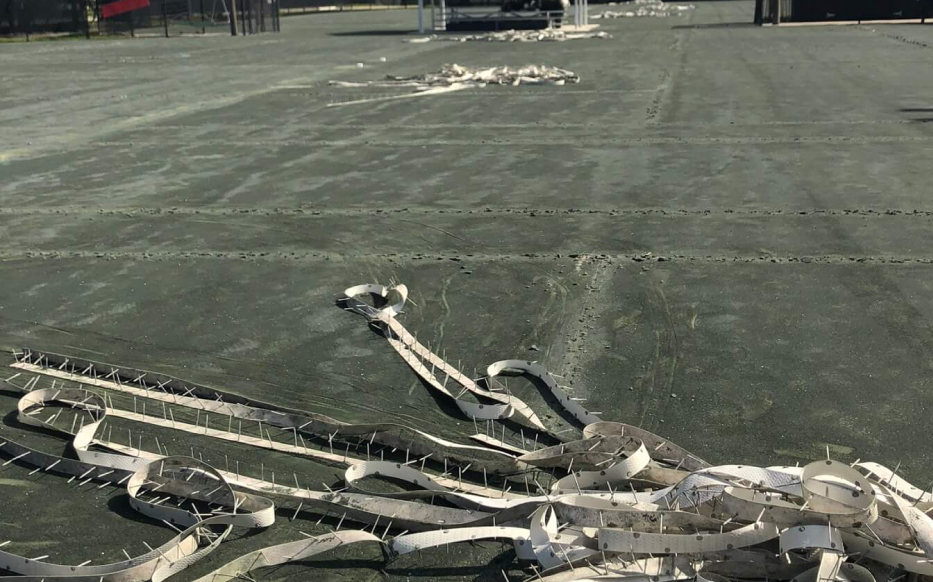
March 28, 2025
Resurfacing a tennis court is a big move. It’s not just about fixing cracks or giving it a facelift—it’s about upgrading how the game plays, how long the court lasts, and how much maintenance you’ll be signing up for. Understanding your options is key. Let’s explore what matters most when selecting the right resurfacing material for your tennis court.
Quick Links
Contact Details
Phone: (239) 292-3102
Email: Info@morsportsgroup.com
Address: 9401 Corkscrew Palms Circle
Estero, FL 33928
All Rights Reserved | Site by Spearlance
Terms and Conditions | Privacy Policy
